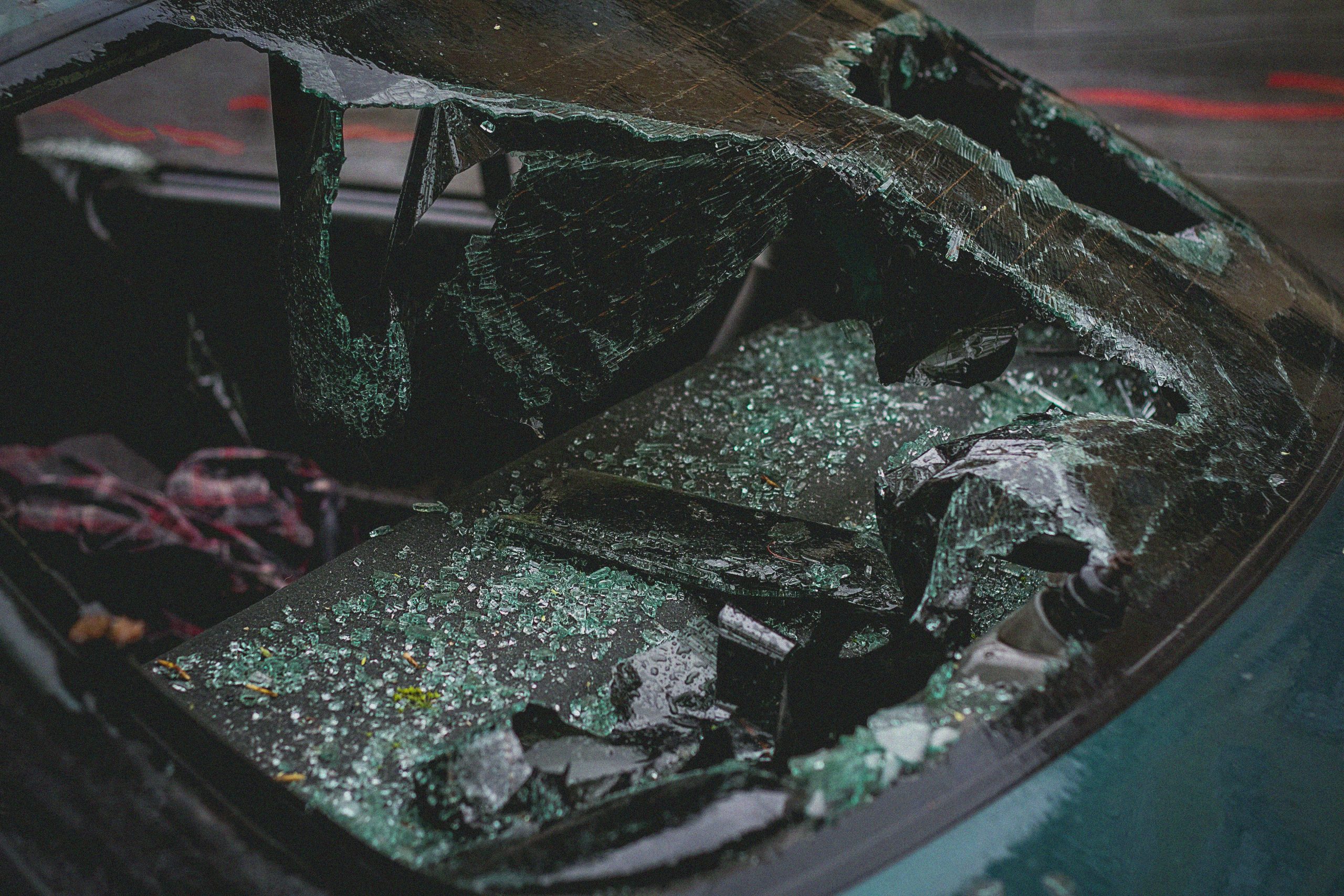Determining Fault in an Accident
Two weeks ago, a driver attempted to cut me off and ended up side-swiping my vehicle. His SUV only had a minor scuff, while my Outback sustained a significant dent on the front driver’s side, between the headlight and the wheel. My insurance agent mentioned that fault is typically assessed based on photos from the accident. However, the other driver is not cooperating and has not provided any pictures. I do have a photo of his vehicle from the night of the incident that I submitted. I’m confident that it wasn’t my fault, and I believe the photos of both vehicles clearly illustrate that. My insurance company has informed me that it may take months to determine fault. What happens if his insurance never admits liability? I’m curious about what occurs in such a standstill and whether photos can truly dictate fault in this situation.




It sounds like a frustrating situation, and I can understand your concerns about determining fault. In many cases, photos can play a crucial role in assessing fault, especially if they clearly show the damage to both vehicles and the positioning of the cars at the scene of the accident.
If the other driver is uncooperative and his insurance does not admit fault, it may prolong the process, but there are still options available. Here are some steps you might consider:
Gather all evidence: Make sure you have all relevant photos, witness statements (if any), and any police reports. This documentation can be invaluable.
Communicate with your insurance: Continue to keep open communication with your agent about the situation. They may be able to provide guidance on how to proceed or what additional evidence might be needed.
Consider a third-party assessment: If the situation remains unresolved, your insurance company may suggest a third-party evaluation by an adjuster. This could help clarify fault if both parties continue to dispute it.
Explore subrogation: If your insurance determines the other driver is at fault, they might handle the claim with his insurance directly, a process known as subrogation. This way, you may still get your claims covered even if the other driver remains uncooperative.
Be prepared for additional steps: If it comes down to it, you may need to consider taking legal action, especially if there are significant costs involved. Consulting with a lawyer who specializes in auto accidents can provide insight into your options.
Overall, while it can be a lengthy process, clear evidence can significantly strengthen your position. Make sure to keep all lines of communication open and be persistent in following up on the status of your claim.